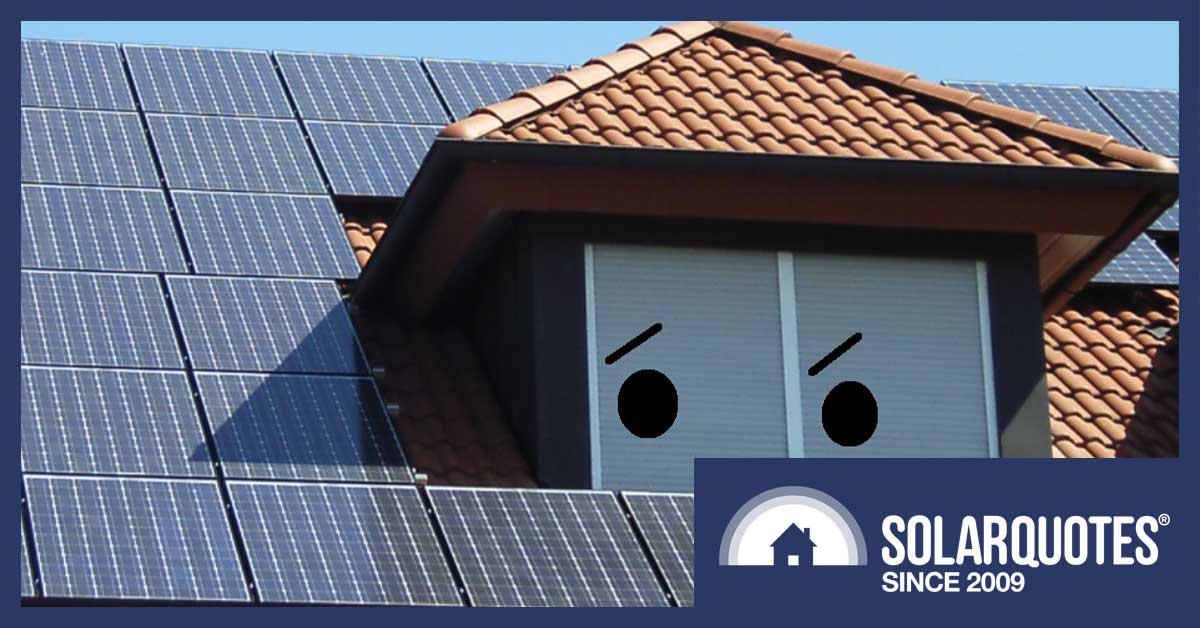
SMA’s ShadeFix doesn’t fix shade but reduces some of its secondary effects.
A couple of weeks go a reader asked me to write about ShadeFix. ShadeFix is the software German manufacturer SMA include in their solar inverters. This request made me feel a bit stupid because I had no idea what ShadeFix was. [Read more…]

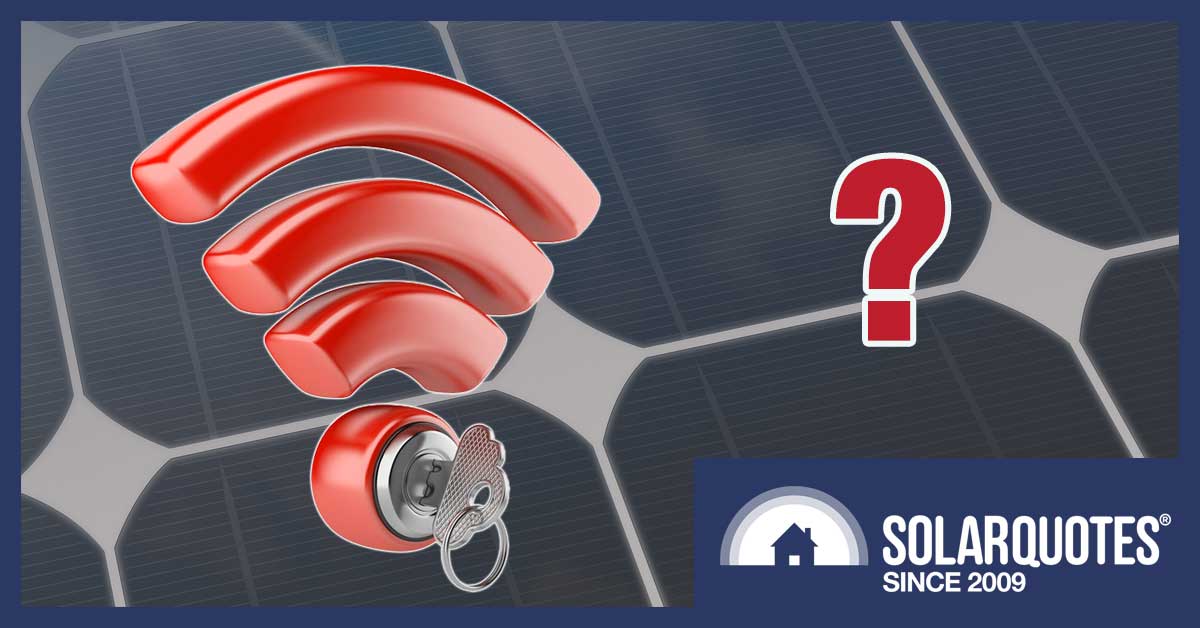
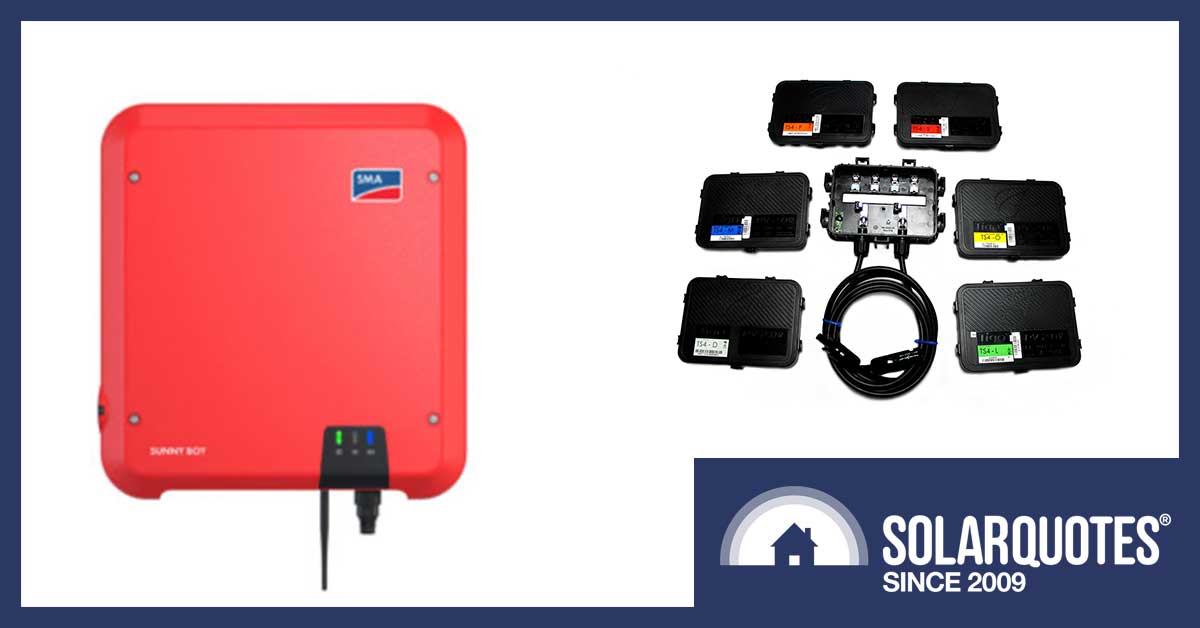
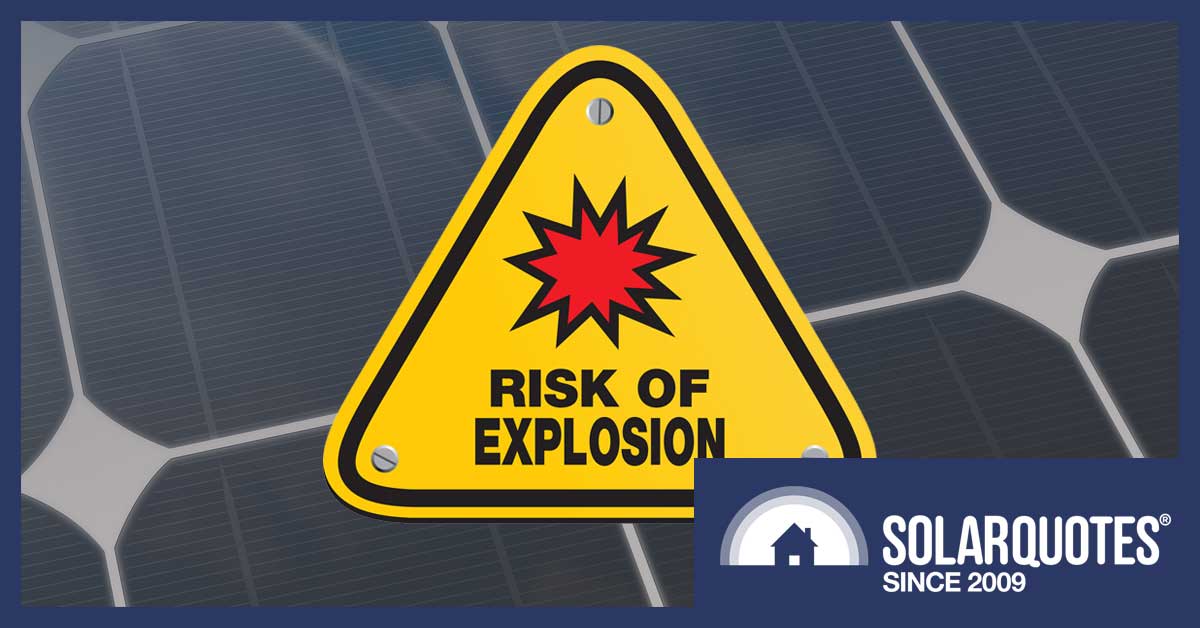
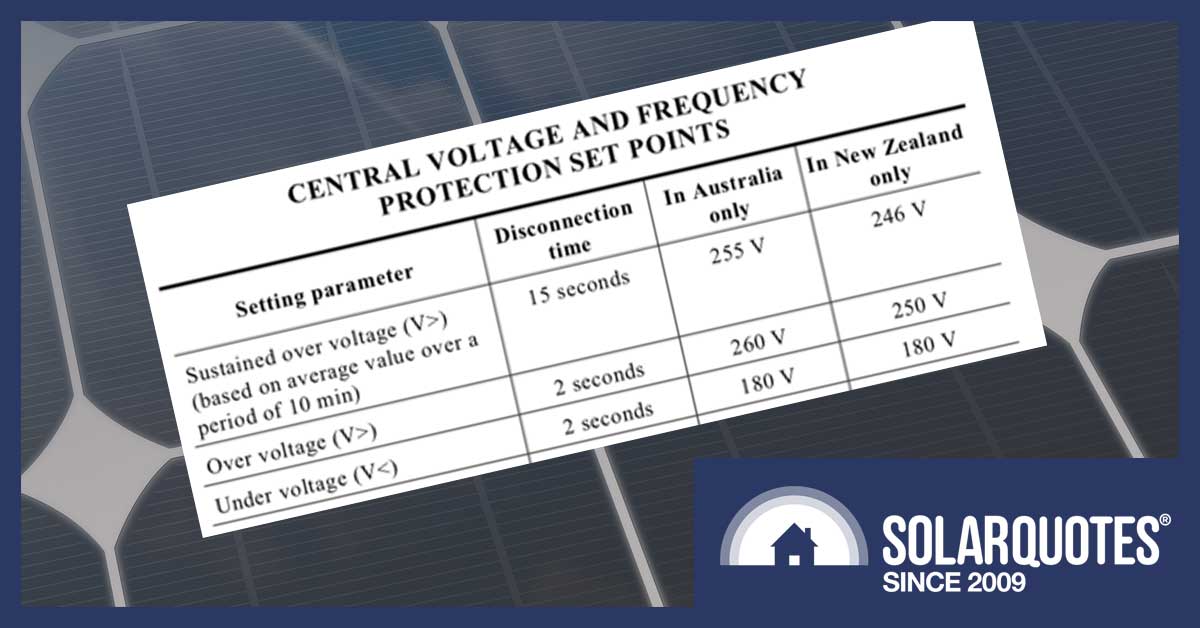
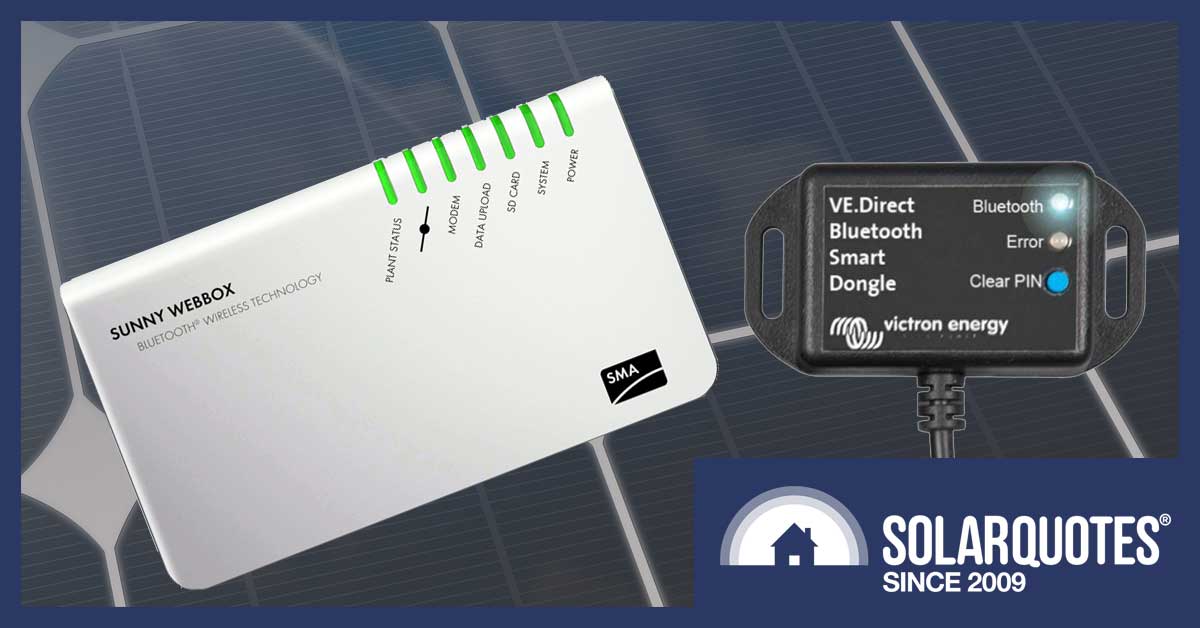

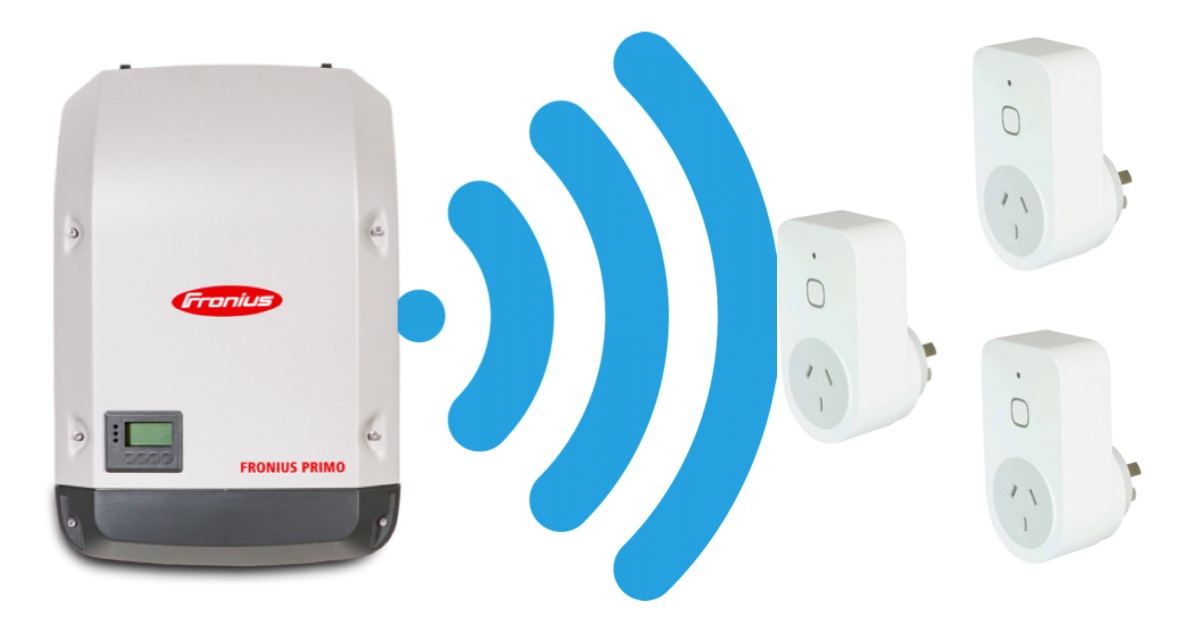
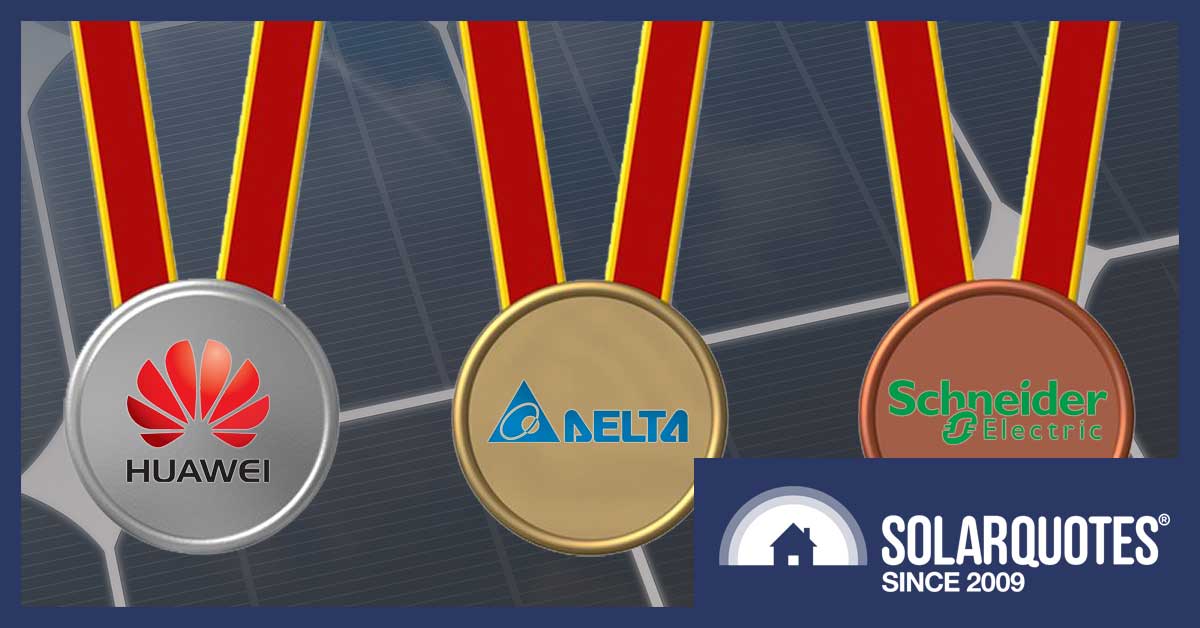
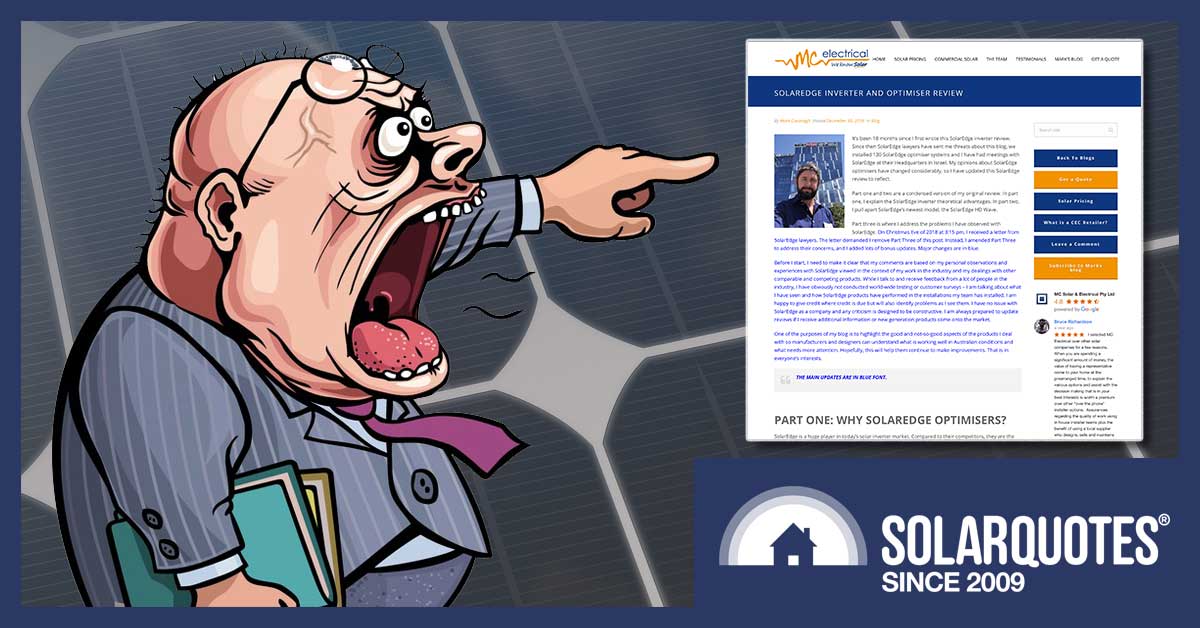
 RSS - Posts
RSS - Posts



Currently Raging Debates: